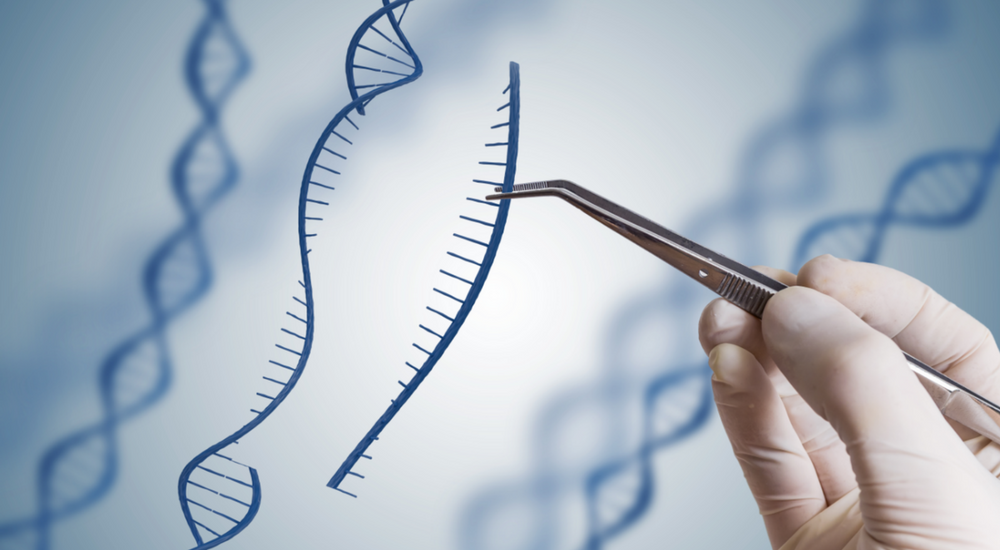Genetic engineering is simply a process where chosen genes are taken from one organism and are placed into another to cause a genetic change. The principle behind this process is that it allows scientists to improve pharmaceuticals, crops and medicines.
The Myth About and Real-Life Applications for Genetic Engineering in Humans
The subject of genetic engineering elicits a strong reaction in many people. Some are strongly in favour and some passionately against. People immediately think of cloning or genetically-modified crops. Many do not really understand what it involves or its potential benefits. It certainly doesn’t help when headlines are written about “Frankenstein foods.” And for anyone who has read Aldous Huxley’s Brave New World, it can send shivers down your spine. In his book published in 1932, Huxley pictured a world where babies were produced from test tubes that were divided into five groups of varying intelligence based on a chemical treatment of the embryo. The test-tube part is now a reality but fortunately the rest is still science fiction.
What is interesting is that the Human Fertilisation and Embryology authority has approved the use of mitochondrial donation in cases where mothers have faults in their mitochondrial DNA that may cause life-limiting disease in their children. This procedure allows the mother to have their own biological child without affecting the health of that child or passing on their own faulty genetic material to the next generation.
How Genetic Engineering Works
Genetic engineering really runs along the same lines as natural breeding where an organism will, in general, adapt to be stronger. The only difference is that we are giving a helping hand and speeding up the process. Most living things will evolve over time as a result of their environment, and this type of evolution is entirely normal.
Traditional breeding gives an equal percentage share from each of the organisms involved. For example, a child receives half its DNA from each parent. Desirable and undesirable traits are inherited randomly and with an equal likelihood of being passed on.
Genetic engineering is based on the selection of only the desirable genetic material being transmitted between organisms, potentially improving the future organism quickly.
Possible Benefits of Genetic Engineering
The possible benefits of genetic engineering can affect all areas of life.
Crops in drought-prone areas have been genetically modified to need less water to survive and to be less vulnerable to pestilence. These changes can affect millions of people who would starve without this simple intervention. With the continuing expansion of the human race we need to produce more food, and so these steps could be hugely important.
Gene therapy could also be a last hope for people suffering terminal illness and—in some cases—may provide the opportunity for a cure. Genetic engineering can allow regrowth and repair of damaged muscle cells in those who have suffered heart disease, and the technology could also help with cell modification for some cancer sufferers.
The Bottom Line
While genetic engineering can produce amazing benefits, there is genuine and valid concern about its use. There needs to be clear ethical and scientific codes in place to monitor the long-term effects of this science and to ensure that it is not abused, but rather, is harnessed to provide improvements in all areas of life. Like the advent of DNA testing itself, time will tell whether or not genetic engineering is a positive use of science.

